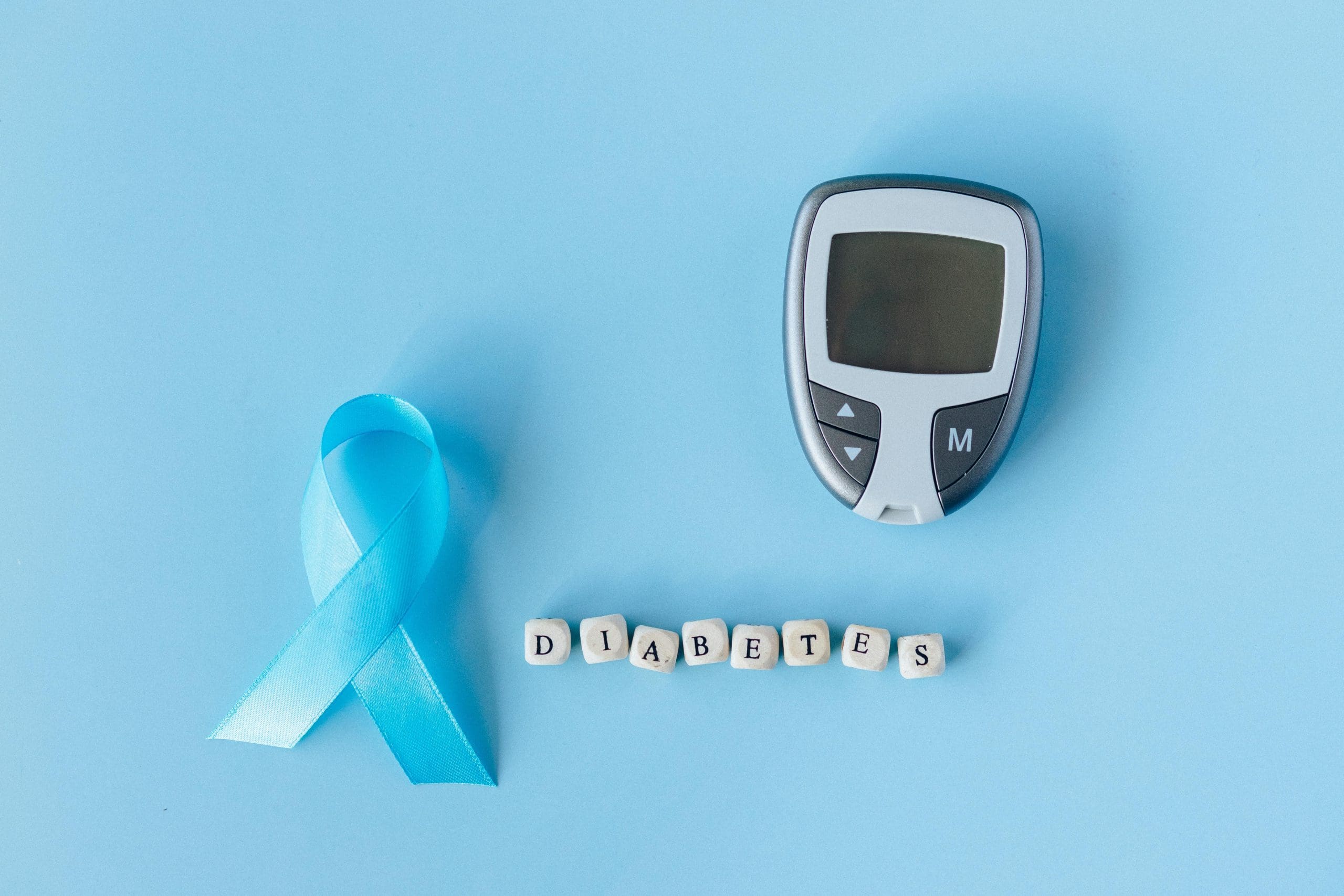Only about half of the 20 million Americans with type 2 diabetes can control their blood glucose levels. But that may be changing. A new class of oral antidiabetics, called dipeptidyl peptidase-4 (DPP-4) inhibitors, takes a new approach to the old problem of glucose control.
For a long time, the focus of therapy has been controlling fasting blood glucose levels. But the DPP-4 inhibitors control postprandial glucose (PPG) levels, which contribute to nearly 70% of glycated hemoglobin A1c levels, which reflect a person’s average blood glucose level over a 2- to 3-month period.
For now, only one DPP-4 inhibitor—sitagliptin (Januvia)—is available. But others are on the way.
How DPP-4 inhibitors work
When people without type 2 diabetes eat, the insulin response is rapid: Glucagon secretion, which stimulates the liver to release glucose, is suppressed. PPG levels peak about an hour after the start of a meal and return to premeal levels in 2 to 3 hours.
Gut hormones, called incretins, play an important role in the rapid insulin response to elevated PPG levels. GLP-1, an incretin secreted in the small intestine, is a potent postmeal stimulator of insulin secretion. GLP-1 also helps suppress glucagon levels, reduce appetite, slow gastric emptying, and regulate the growth of insulin-producing beta cells. When the blood glucose level rises as food passes through the gut, GLP-1 stimulates insulin secretion. Then, DPP-4 enzymes quickly inactivate GLP-1.
Because people with type 2 diabetes have a GLP-1 deficiency, the insulin response to food is slower and may be inadequate. Thus, PPG levels remain elevated. The new DPP-4 inhibitors counter this deficiency by blocking the DPP-4 enzymes that inactivate GLP-1. By prolonging GLP-1 activity, DPP-4 inhibitors allow the incretin to continue stimulating the release of insulin, which suppresses the release of glucagon. The ability to achieve more normalized postprandial glucagon levels is unique to incretin-based therapies. And because DPP-4 inhibitors work only when glucose levels are elevated, they don’t produce hypoglycemia, a common adverse effect of many other antidiabetics.
Sitagliptin profile
The recommended dosage of sitagliptin is 100 mg orally once daily with or without food. The drug can be used alone or with metformin or a thiazolidinedione. Sitagliptin isn’t recommended for pregnant or breastfeeding women, and it hasn’t been studied in pediatric patients. The most common adverse effects are a stuffy or runny nose, sore throat, upper respiratory tract infection, and headache.
The drug is excreted primarily by the kidneys. Patients with mild or moderate hepatic insufficiency or mild renal insufficiency don’t need a dosage adjustment. Those with moderate renal insufficiency (creatinine clearance between 30 and 50 mL/minute) should receive 50 mg once daily. Those with severe renal insufficiency (creatinine clearance less than 30 mL/minute) or end-stage renal disease requiring hemodialysis should receive 25 mg once daily.
Most commonly, sitagliptin is used with metformin, which improves insulin sensitivity by increasing glucose uptake and use by muscles and tissues. Metformin also decreases hepatic glucose production in a way that complements sitagliptin. The drug Janumet combines sitagliptin and metformin in a single tablet.
In patients with type 2 diabetes, sitagliptin doesn’t cause weight gain, and metformin may cause a slight weight loss. Given the association between type 2 diabetes and obesity, these effects give the two drugs a key advantage. Many antidiabetics—including sulfonylureas, meglitinides, thiazolidinediones, and insulin—cause weight gain.
Important option
Several DPP-4 inhibitors are in clinical trials, but so far, once-daily sitagliptin is the only one approved by the Food and Drug Administration. Given its effectiveness and lack of serious adverse effects, sitagliptin and other DPP-4 inhibitors represent an important therapeutic option in a country where more than 10 million people can’t adequately control their glucose levels. O
Selected references
American Diabetes Association. Diabetes Statistics. www.diabetes.org/diabetes-statistics.jsp. Accessed January 10, 2008.
Blonde L, Rosenstock J, Triplitt C. What are incretins and how will they influence the management of type 2 diabetes? J Manag Care Pharm. 2006;12(7)(suppl):S2-S12.
Cornell S. Clinical case study: achieving long-term control of insulin resistance. J Manag Care Pharm. 2007;13(2)(suppl S-b):S11-S15.
Herman G, Stevens C, Van Dyck K, et al. Pharmacokinetics and pharmacodynamics of sitagliptin, an inhibitor of dipeptidyl peptidase IV, in healthy subjects: results from two randomized, double-blind, placebo-controlled studies with single oral doses. Clin Pharmacol Ther. 2005;78:675-688.
Mu J, Petrov A, Eiemann G, et al. Inhibition of DDP-4 leads to improved glycemic control and restoration of islet cell mass and function in rodent model of type 2 diabetes. Presented at: Scientific Sessions of the American Diabetes association, June 24, 2007. Chicago, Ill.
For a complete list of selected references, visit www.AmericanNurseToday.com.
Marilyn Baron diabetesis a Clinical Research Coordinator, and Stephanie Decker is a Manager of Professional Education and Training. Both work at The Whittier Institute for Diabetes in La Jolla, California.


















